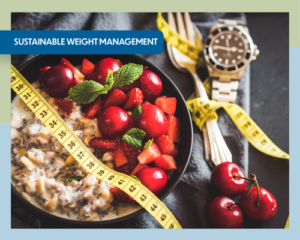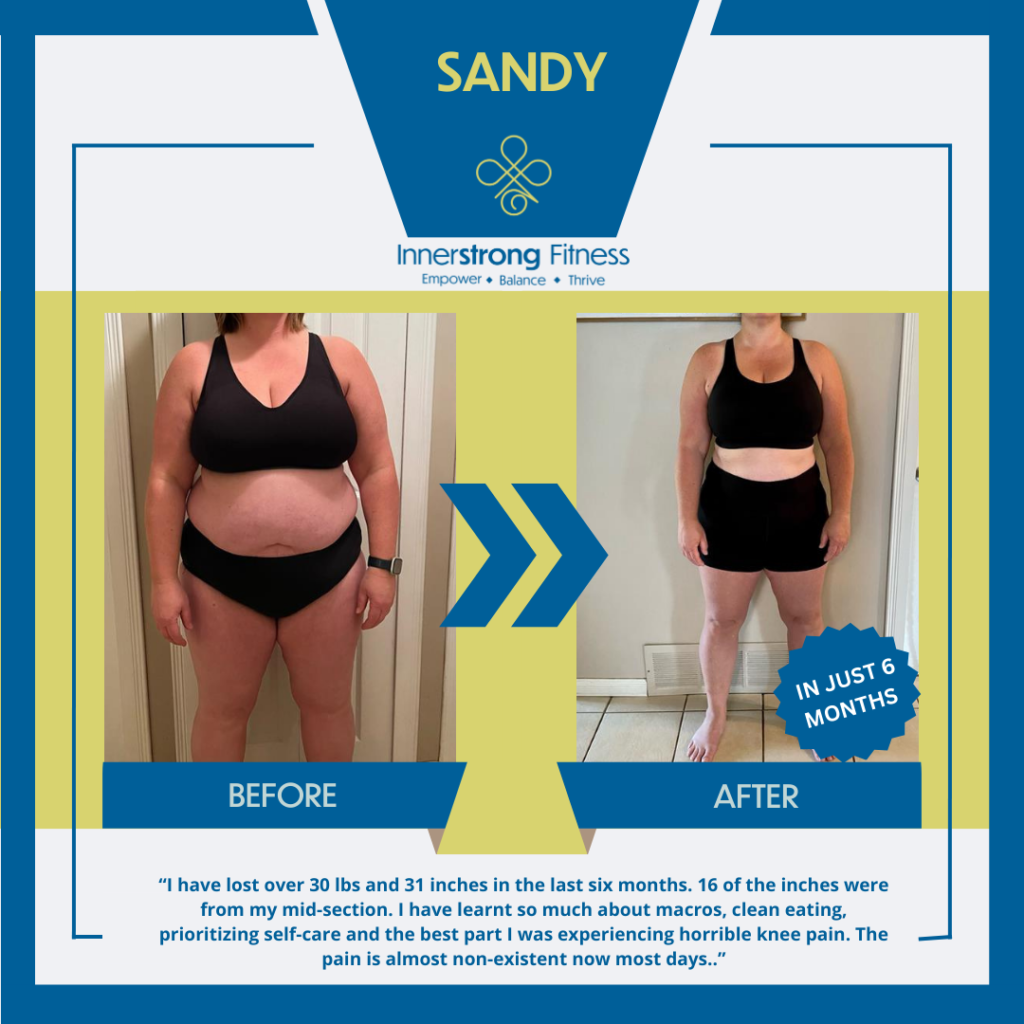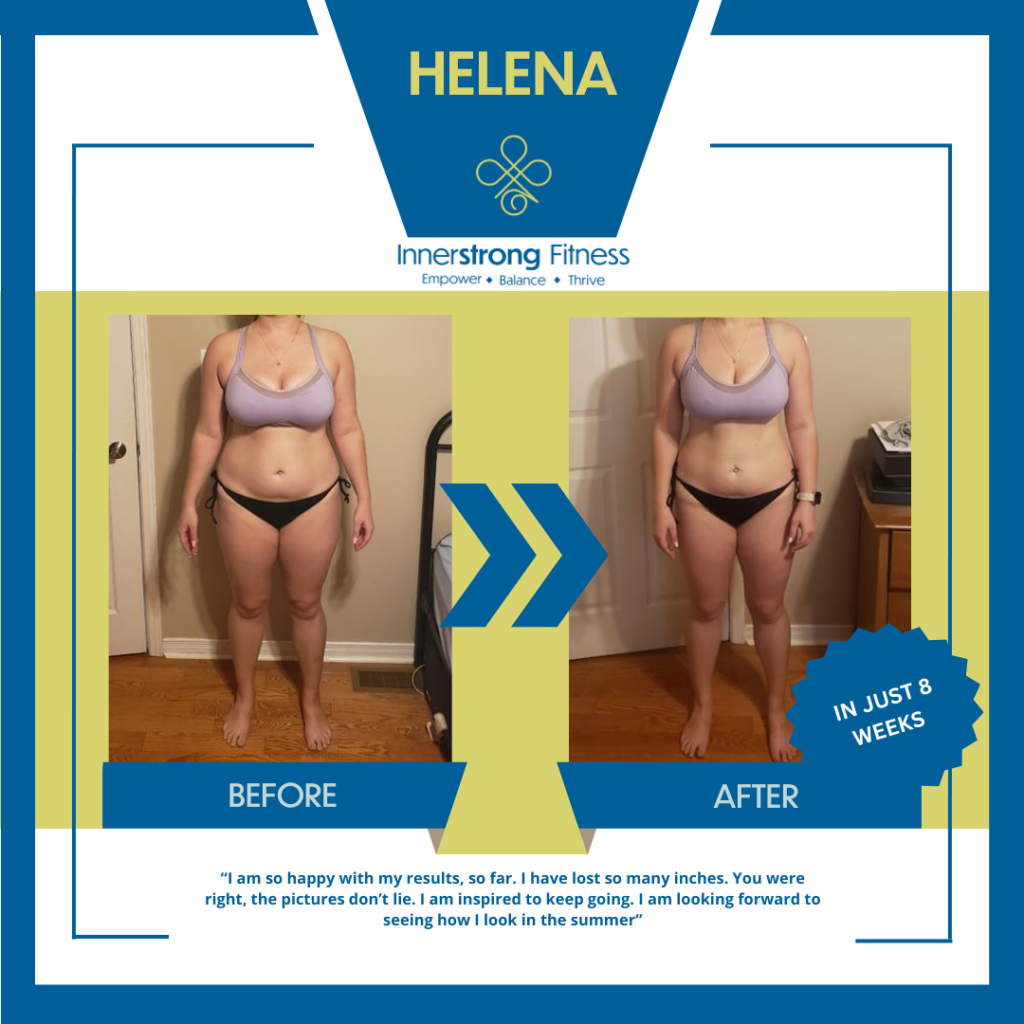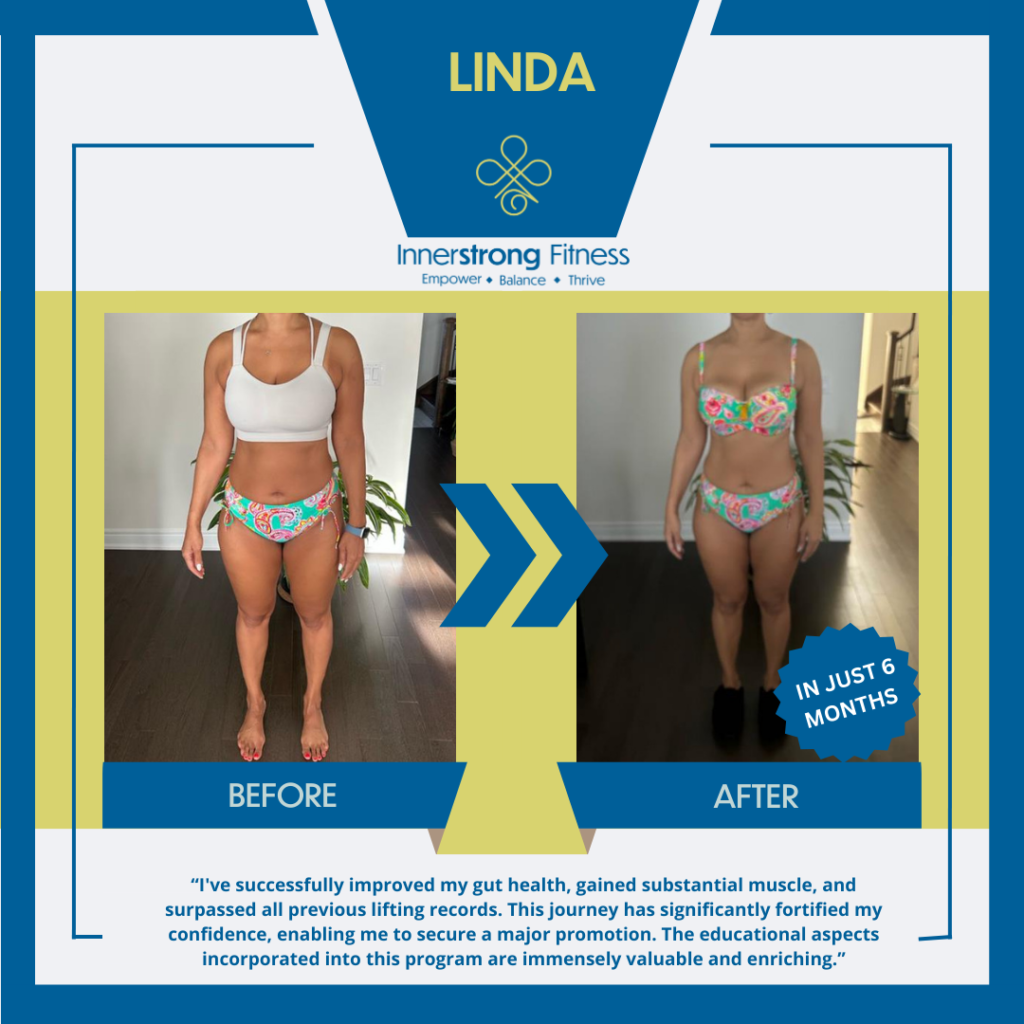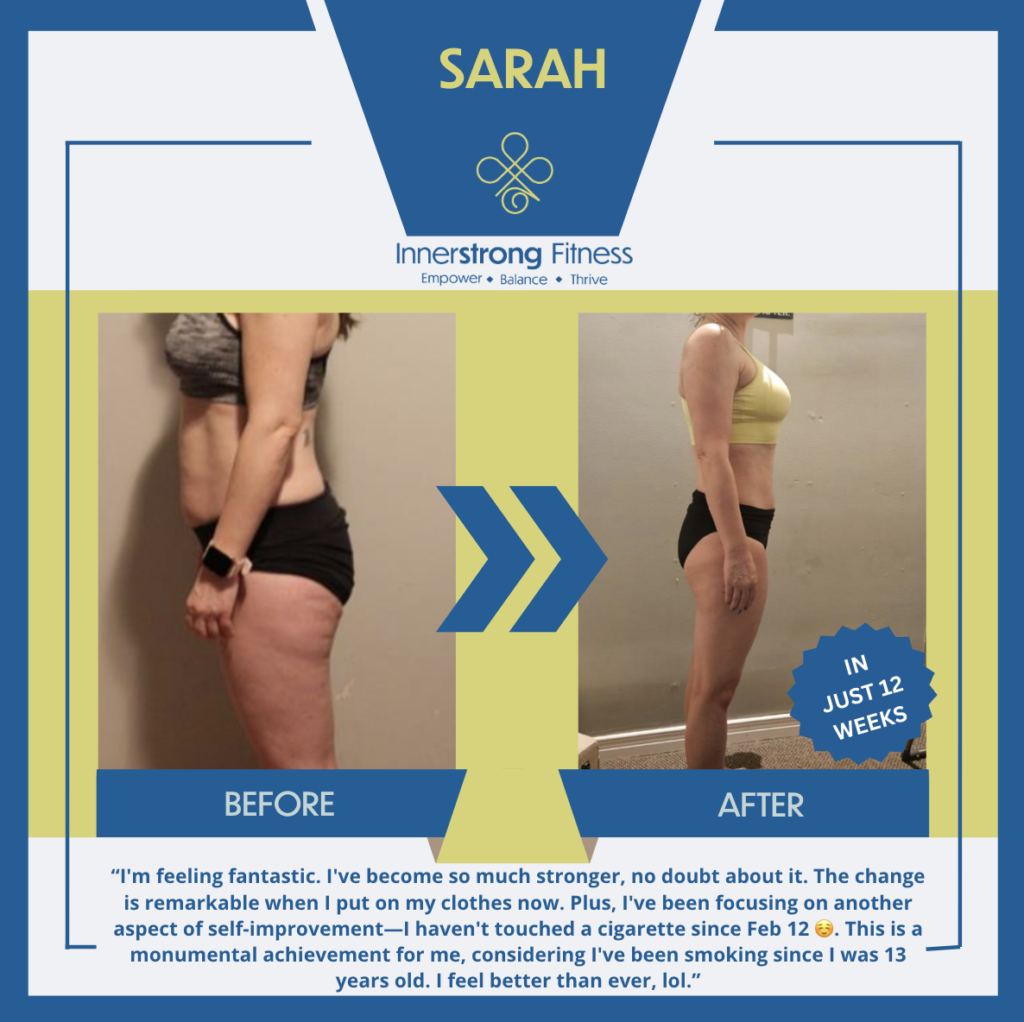The Key to Sustainable Weight Management
The cycle of dieting is a familiar story for many. People often find themselves moving from one diet to another, experiencing a repetitive pattern of restriction, rebound, and frustration. This cycle isn’t due to a lack of effort, but rather a lack of sustainable structure after the diet ends.
The Short-Term Nature of Diets
Diets are inherently short-term systems. They impose order through caloric targets, food lists, and fixed routines. For some individuals, this structure temporarily improves compliance and produces results. However, the problem arises when the diet ends, either through completion or burnout.
Most people don’t transition into a new, deliberate phase after a diet. Instead, the system vanishes overnight. Hunger increases, habits collapse, and old patterns return. Without a defined framework, individuals revert to their default: usually a combination of convenience eating, emotional decisions, and disorganized intake. This is not a failure of willpower; it’s a failure of planning.
The Transition Problem: The Missing Link
Ending a diet should not mean ending all structure. Yet, most popular approaches don’t include a transition phase. There’s typically no post-diet roadmap, no explanation of how to return to maintenance calories without gaining unnecessary fat, and no guidance on recalibrating habits, hunger signals, or training when the caloric deficit is gone.
This oversight is critical. In biological terms, the body doesn’t recognize that one was “just dieting.” It registers energy restriction as a signal to conserve. Hormones like leptin and ghrelin shift, appetite increases, and energy expenditure decreases. The longer the deficit, the more pronounced this effect becomes.
That’s why “just eating intuitively” post-diet often fails. Appetite and satiety are not neutral post-diet — they’re dysregulated. Without recalibrating behavior and intake gradually, fat regain becomes highly likely.
What Needs to Replace the Diet
The end of a diet should mark the beginning of structured maintenance, not a return to guessing. This requires several key elements:
1. Caloric recalibration based on updated body composition, activity levels, and goals.
2. Deliberate habit continuity — continuing behaviors like meal prep, protein anchoring, and consistent movement without the pressure of a deficit.
3. Defined markers of success that aren’t tied to weight loss, such as strength progression, energy levels, or meal consistency.
4. Psychological reframing of food decisions — shifting from rigid rules to values-based autonomy (e.g., “what supports my energy and performance?” rather than “what’s allowed?”).
5. Expectations management — accepting mild weight fluctuations or temporary fullness as part of metabolic normalization.
None of this happens by accident. It must be planned.
Maintenance: A Phase With Purpose
There’s a misconception that maintenance is passive — a holding pattern between diets. In reality, it’s one of the most metabolically, psychologically, and behaviorally important phases in a person’s long-term health trajectory.
Maintenance is where metabolic flexibility improves, eating competence is rebuilt, and individuals learn how to live in their bodies without constantly chasing a lower number on the scale. But to access these benefits, maintenance needs to be treated like any other phase — programmed, tracked, and adjusted over time.
Importantly, it’s also the phase where many develop resilience. Dietary perfection is unsustainable, but consistency without obsession is learnable. The maintenance phase is where this skillset develops — or where the old identity of “being on a diet” quietly reasserts itself. It’s also where many transform their lives through sustainable habits.
Why a Plan Matters More Than a Goal
It’s easy to make weight loss the goal. It’s a clear metric, easy to measure, and socially validated. But without a plan beyond it, even successful dieters are set up to regress.
A plan defines what comes after. It separates reactive behavior from proactive strategy. It aligns nutritional intake, movement, and lifestyle habits to the current physiological state — not the deficit-driven one. And it gives people a way to measure success that isn’t just scale-dependent.
In Summary
Dieting indefinitely is neither necessary nor advisable. However, ending a diet without a next step isn’t freedom — it’s exposure. The physiology doesn’t care if an individual is tired of tracking or has hit their goal weight. If there’s no system to replace the one just abandoned, it will default to the path of least resistance — and that rarely supports long-term health.
The key to sustainable weight management lies not just in successful dieting, but in the thoughtful, structured transition that follows. By treating the post-diet phase with the same level of planning and intention as the diet itself, individuals can break the cycle of yo-yo dieting and achieve lasting health and wellness.
Ready to end the diet cycle for good? Contact us to build your personalized, sustainable weight management plan today.


